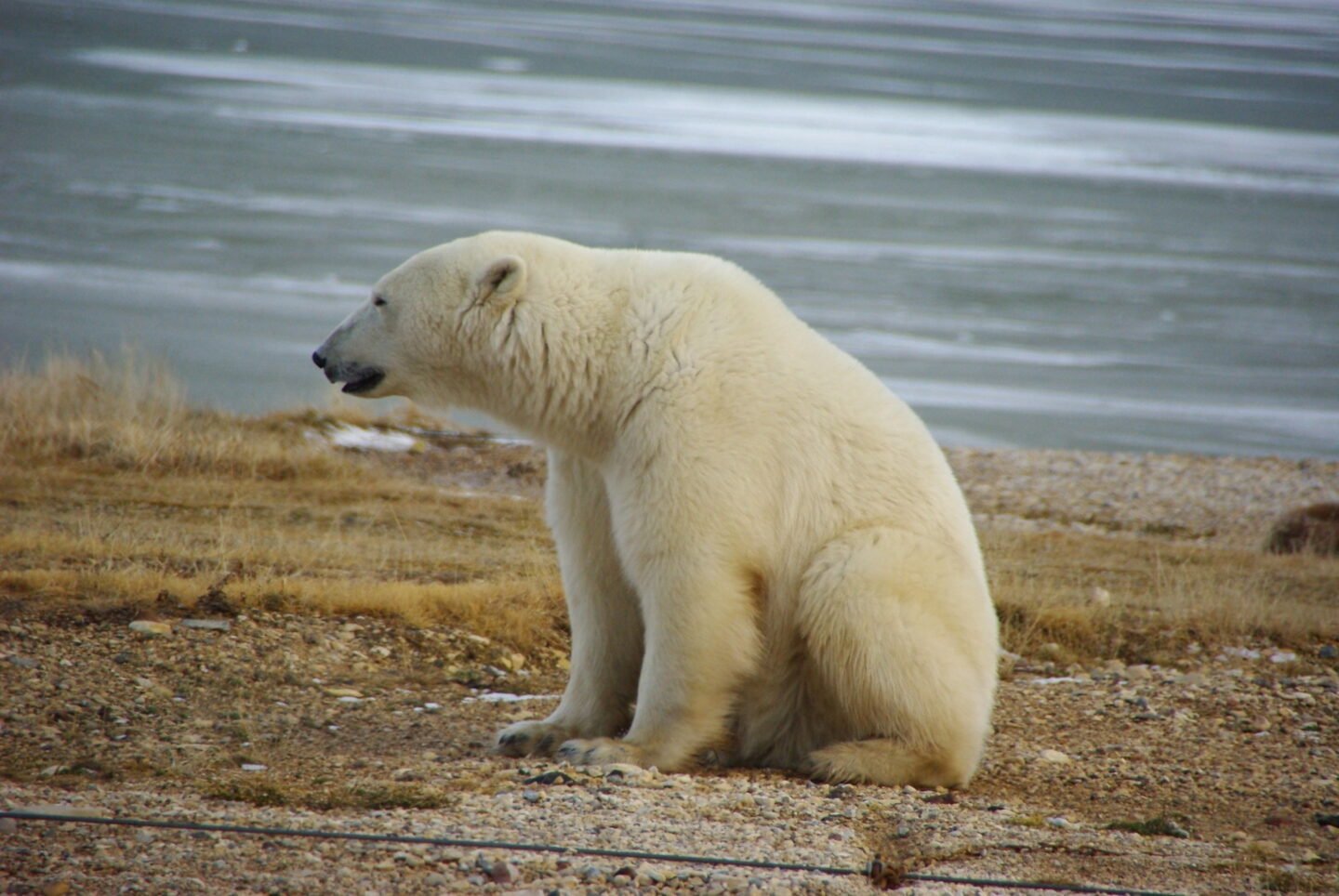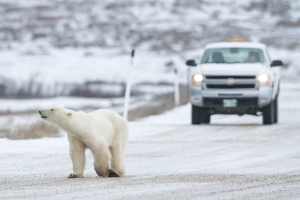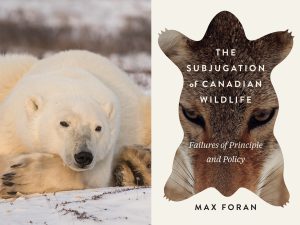Love them or hate them, “trash pandas” are wreaking havoc across Canada, cooling off in pools, picking through garbage bins, and even wandering through local grocery stores. But in an effort to learn how we can better minimize conflict with these urban scavengers, scientists at UBC are looking to test raccoons’ IQ so we can understand how we can better co-exist.
Researchers say that raccoons are known to be adaptable to their surroundings, but how adaptable are they really? UBC’s Urban Wildlife Project is using humane traps to capture raccoons, microchip them, provide food and water and then set up a series of puzzles for this inquisitive species to solve. These puzzles will test raccoons’ cognitive abilities, such as memory, learning, self-control and behaviour.
Hannah Griebling, a UBC Ph.D. student, says that if they do well at one task, they are going to do well in another and that they have to use multiple cognitive domains in order to do different tasks.
To fully study raccoons properly, the research group needs about two dozen Vancouver-based volunteers to lend their backyards to the research being conducted. Motion-activated infrared cameras will be set up to capture the raccoon’s problem-solving skills while also monitoring their performance as they interact with these different cognitive tasks. The research group is also looking for a few hundred volunteers to participate in an online survey about observed raccoon behaviour.
Researchers say it will be a good idea to get a better understanding of their behaviours, even the ones we may not necessarily like.
To volunteer your backyard for the study, email [email protected]
Urban Legends







